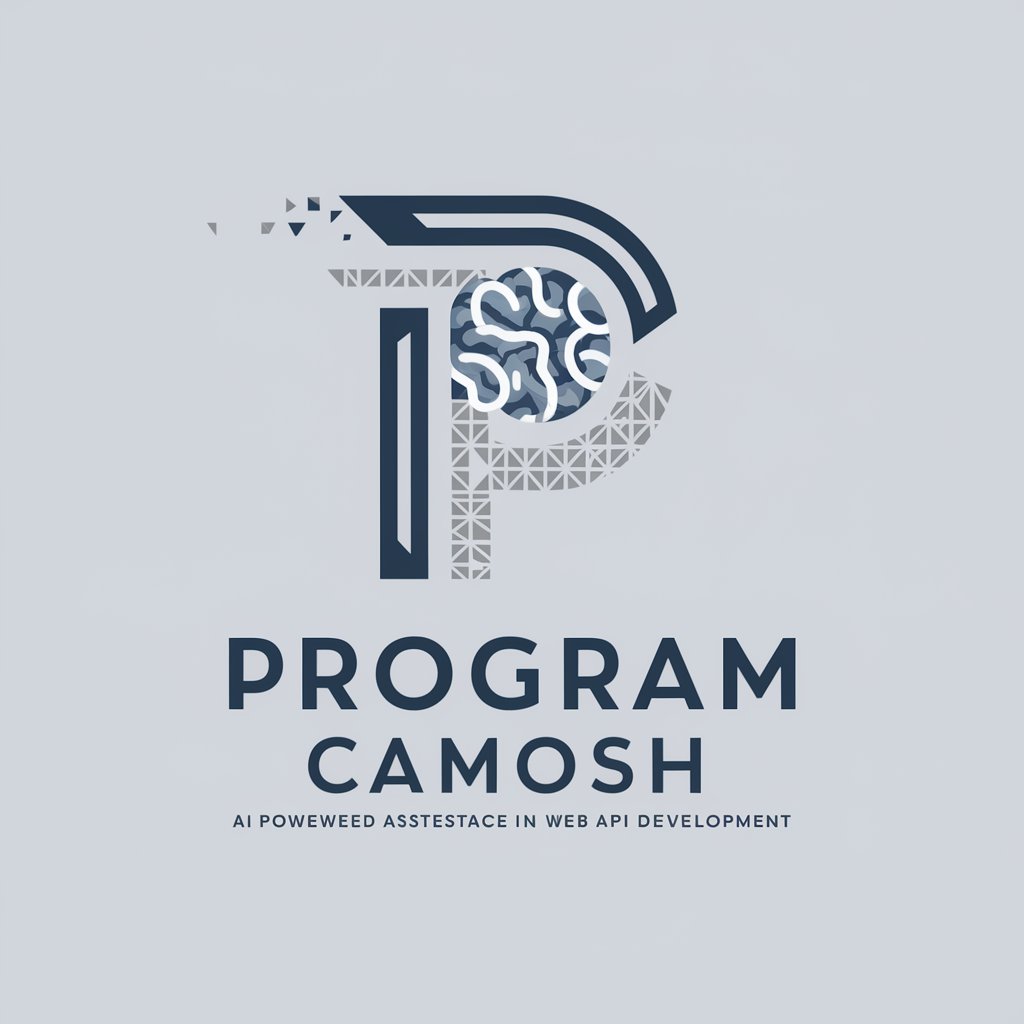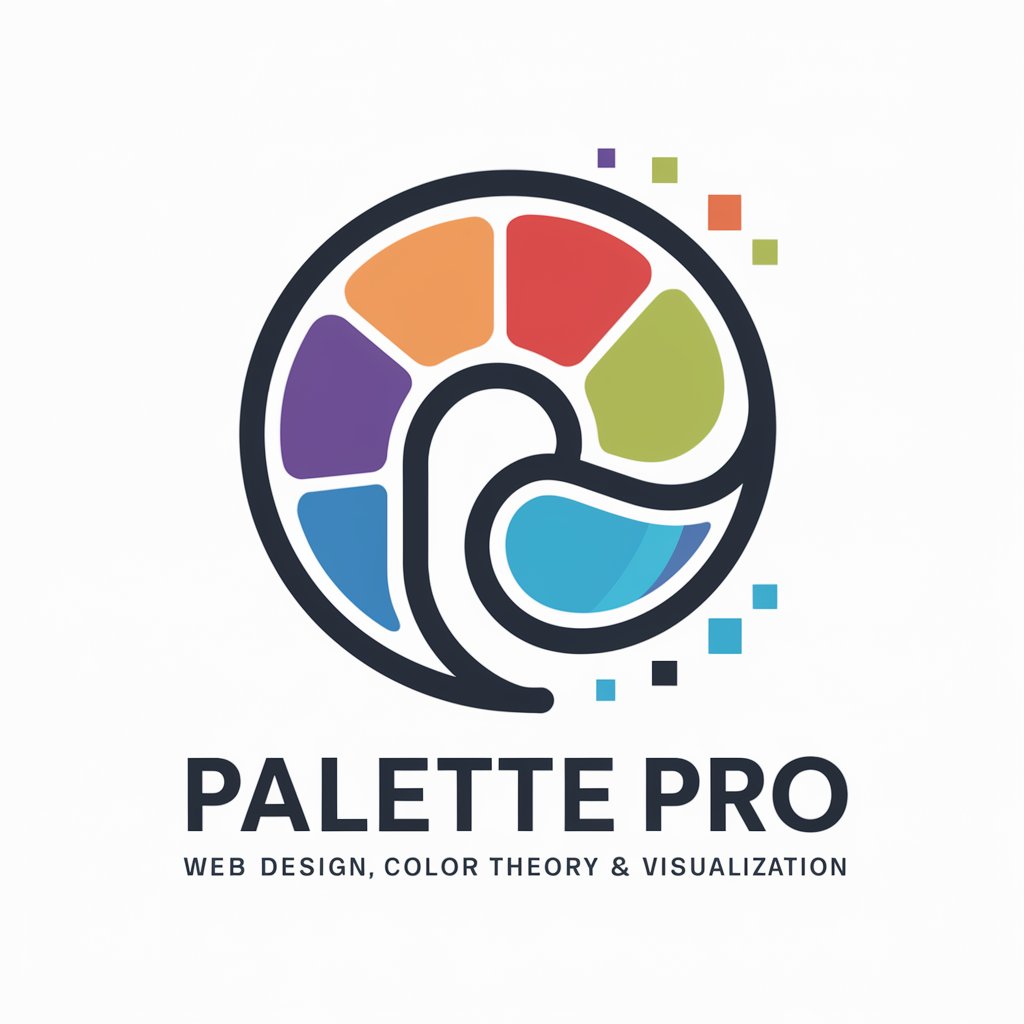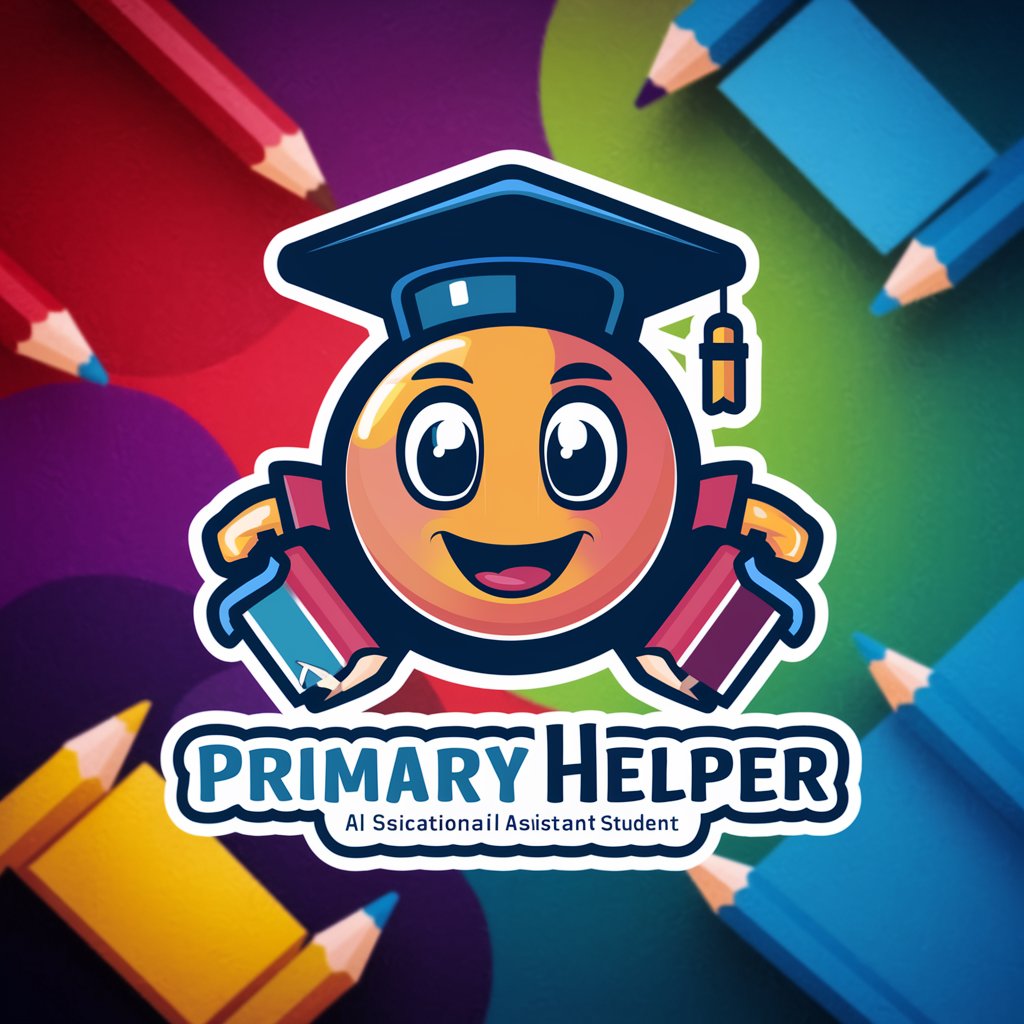Program camosh - AI-Powered Coding Assistant

Welcome! Let's build efficient APIs together.
Streamlining code and database management with AI.
Design a user-friendly API endpoint to retrieve data from...
Generate a mediator handler for creating an object in...
Develop a request and response class for the following endpoint...
Create a database access method using Entity Framework Core to...
Get Embed Code
Program camosh Overview
Program camosh is a specialized AI designed to assist developers in building web APIs using .NET 6, emphasizing the mediator pattern for managing endpoints. It aims to streamline the development process by generating request classes, response classes, and handler classes tailored to the needs of a web API project. Program camosh leverages Entity Framework Core for database access, offering a structured approach to CRUD operations and data manipulation. By abstracting the complexities of direct database and HTTP request handling, it enables developers to focus on the business logic and core functionalities of their applications. Examples of its utility include automatically generating code for fetching specific data from a database table based on given fields and criteria, or creating and storing objects in the database through a clean, mediator-driven architecture. Powered by ChatGPT-4o。

Core Functions of Program camosh
Generating Mediator Pattern Structures
Example
Upon receiving a request to create an endpoint that retrieves specific fields from a 'Users' table where 'UserID' matches a given value, Program camosh would produce the necessary request, response, and handler classes to facilitate this operation using the mediator pattern.
Scenario
A developer needs to implement a feature to fetch user details in an application without directly coupling the API endpoints to the database logic. Program camosh generates the structured classes, ensuring a decoupled, maintainable, and scalable API design.
Automating CRUD Operations with Entity Framework Core
Example
When tasked with creating a feature to add new products to a database, Program camosh can automatically generate a handler that includes the logic for creating a new product entity and saving it to the database using Entity Framework Core.
Scenario
In an e-commerce application development, where rapid and reliable addition of product information to the database is crucial, Program camosh facilitates the backend process, enabling developers to focus on other critical aspects of the application.
Target Users of Program camosh
Backend Developers
Developers focused on server-side logic, database management, and API development who are looking for efficient ways to implement clean architecture patterns, such as the mediator pattern, in their .NET 6 applications. They benefit from Program camosh by getting a head start with automatically generated code structures, allowing for a focus on complex business logic rather than boilerplate code.
Software Architects
Software architects designing the structure of complex systems who require a consistent, scalable, and maintainable approach to application development. Program camosh aids in enforcing architectural patterns, making it easier to maintain and evolve the system over time.

How to Use Program Camosh
1
Visit yeschat.ai for a complimentary experience without the necessity for login or subscription to ChatGPT Plus.
2
Specify your request or problem statement clearly to ensure Program Camosh can provide the most relevant assistance.
3
For code-related inquiries, provide context or specifics about your project's framework, language, and desired outcome.
4
Use the provided JSON format for queries that require structured responses or when submitting data for analysis or code generation.
5
Review the guidelines and examples provided by Program Camosh to refine your questions or requests for optimal results.
Try other advanced and practical GPTs
Edith
Streamlining Cybersecurity with AI

SEO Tube Guide
Elevate Your Videos with AI-Powered SEO

Palette Pro
Design with Color, Powered by AI

Mortgage Monty
Empowering Your Mortgage Decisions with AI

Academic Mentor
Empowering Your Academic Journey with AI

Primary Helper
Empowering learning with AI

CannaBot
Empowering cannabis care with AI

PathoNutri PhD
Deciphering Pathophysiology with AI Precision

Guapo AI
Empowering Economics Learning with AI

🏌️♂️ Golf Game lv3.8
Swing, Score, Laugh: AI-Powered Golf Fun

🚑 Allergy Expert lv3.1
Empowering allergy management with AI

Privacy policy and GDPR Assistant
Streamline GDPR Compliance with AI

Frequently Asked Questions about Program Camosh
What is Program Camosh?
Program Camosh is an AI-powered tool designed to assist with specific coding and database management tasks, using the Mediator pattern and Entity Framework Core for .NET applications.
Can Program Camosh generate code for any framework?
While Program Camosh specializes in .NET 6 and Entity Framework Core, it can provide guidance and generate code snippets for a wide range of scenarios within this ecosystem.
How does Program Camosh handle database-related requests?
For database operations, Program Camosh uses Entity Framework Core to create, retrieve, update, and delete data, adhering to best practices and the Mediator pattern for clean architecture.
Is Program Camosh suitable for beginners?
Yes, Program Camosh is designed to be user-friendly for both beginners and experienced developers, offering step-by-step guidance and code generation to simplify development tasks.
How can I optimize my interactions with Program Camosh?
To get the most out of Program Camosh, provide clear, detailed descriptions of your development challenges, specify your project's technical environment, and follow the structured query format when applicable.
